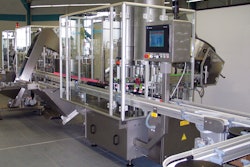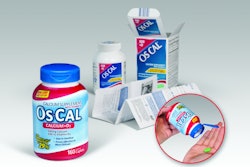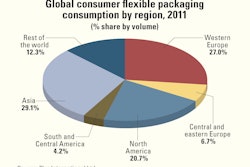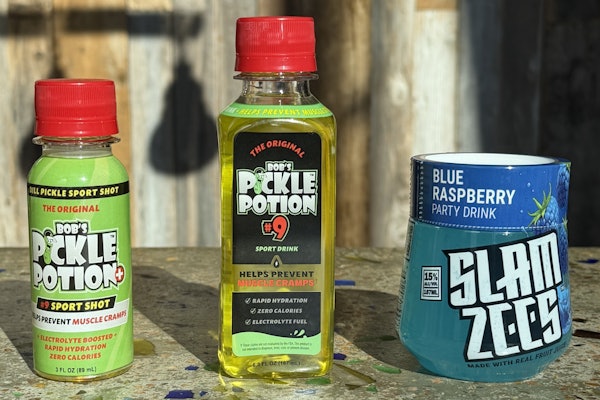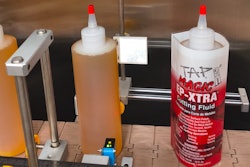Improving the sustainability (environmental friendliness) of packaging is a hot topic for packaging professionals. The packaging industry has seen sustainability progress from the latest buzzword to an everyday part of our vocabulary. Still, there is room for basic knowledge and guidance, especially for those companies lacking large packaging staffs or sustainability departments.
In 2005, the Institute of Packaging Professionals (IoPP) published “Environmental Guidelines for the Packaging Industry.” It was written by four graduate students at the University of California at Santa Barbara with guidance from IoPP members at Hewlett-Packard, IBM, and AMD. The book presented a comprehensive and straightforward approach a packaging engineer could use to improve packaging’s environmental (sustainable) footprint.
In 2009, while I was obtaining an M.S. degree in Packaging Sciences at the Rochester Institute of Technology and also serving on IoPP’s Sustainable Packaging Technical Committee, I took on the task of updating and expanding the “Environmental Guidlines.” Much of the content remains the same as the original, with updates reflecting the changing landscape.
One of the key tools in the book is the design flowchart. This graphic lays out nine steps to take when designing more environmentally friendly packaging. The first step is essential to any successful sustainable packaging effort: Identify your company’s goals and initiatives. It is important to understand what environmental impacts your company is most concerned with and design with those in mind. For example, is your company concerned about the amount or types of plastic they use? If so, then that should be taken into consideration when designing new packages.
The second step is identifying the destination of the package. This knowledge helps the designer understand what end-of-life options (recycling, landfill, incineration) are available at the destination, which may affect how you design your package. In addition, knowing the destination allows you to account for fees associated with any environmental impacts pertaining to your package.
The third step is to identify applicable regulations. Regulations should supersede all other considerations in package design and, therefore, need to be considered early in the process. It is important to understand whether regulatory requirements are consistent for all destinations. If not, can the package be tailored to each destination, or should it be designed to meet regulations in all destinations?
The fourth step is determining how a package will be shipped. In general, the most energy-efficient mode of shipping is preferable. However, the mode of shipping is often determined by business requirements (e.g., balancing cost challenges, reduced inventory/increased turnover, flexibility/customized features/delivery, suppliers’/customers’ locations, etc.) It is important to design packages consistent with the mode of shipping selected and, when possible, to choose the most energy efficient shipping option.
The fifth step is to identify internal requirements; marketing, regulatory affairs, and/or other applicable departments that should be considered. Internal requirements take into account whether the environmentally responsible package is economically viable, whether it enhances the product’s image and acceptability, and whether it protects the product from physical, biological, or chemical harm, among other considerations.
The sixth step is identifying and understanding any applicable customer requirements. It is much more common for customers (mainly retailers) to have specific package design guidelines that must be followed. These guidelines often include packaging materials they will not accept, specific pallet requirements, etc. Your best source in your company for finding this information is your sales team or supply chain organization. In addition, often you can find information on a customer’s website.
The seventh step is raw material selection. Product manufacturers face many tradeoffs when choosing between raw materials. Choices should be made with the complete life cycle of the package in mind.
The eighth step addresses the actual package design. If you followed steps one through seven, you should be armed with enough information to minimize the environmental impact of your package.
The ninth and final step is communicating what your package hopes to accomplish, what has been done, and why it is important. Educating the consumer and the retailer is important to ensure that everyone’s understanding of environmentally responsible packaging is improved.
By following these nine steps, you will improve on the environmental impact of your packaging.



